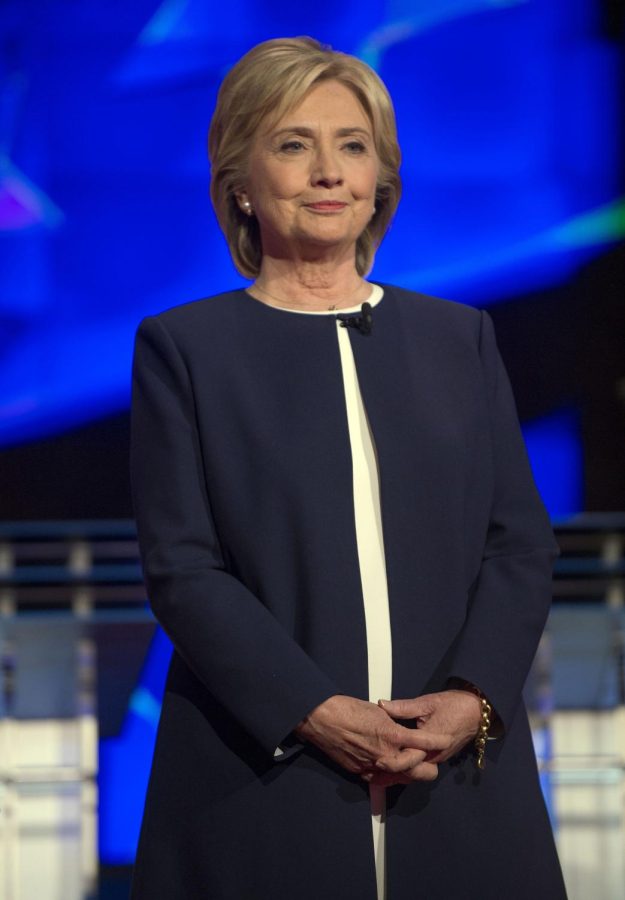Students weigh in on fashion in politics
February 10, 2016
From news articles to Facebook rants, the media has extensively covered the 2016 race to the presidency while Kent State students added in their own perspective of visual representation in politics.
One very unique thing about this year’s election is the possibility of having Hillary Clinton as the first female president. Political science major Mary-Claire Shaffer suggests that Clinton’s gender makes the media’s coverage of this election distinctively different than that of previous years.
“When it comes to Hillary, it’s all about her hair, her makeup, the fit of her clothes; everything is scrutinized. There would never be a headline saying ‘Bernie Sanders Wore Red as a Power Color,’ ” Shaffer said, who also has a minor in women’s studies. “It distracts people from what they should really be paying attention to, like her stances on issues, her past voting records, all of that that should be held to the utmost importance, rather than what she’s wearing.”
Visual representation has always been critical in the world of politics, especially since the now famous debate between John F. Kennedy and Richard Nixon. This was the first American debate to be televised, and according to Larry Sabato, a political analyst at the Center for Politics at the University of Virginia, “this allowed the public to judge candidates on a completely different basis.”
“A lot of it has to do with people wanting to create celebrities out of politicians. Obama was on the cover of GQ,” political science major Madison Newingham said. “It engages general people into the world of politics. But in reality their fashion has absolutely nothing to do with foreign policy.”
Women in politics have had a long history of being scrutinized or praised by the media for their fashion choices, and there is no exception for Clinton. Some of these women, like famous first ladies Jacqueline Kennedy Onassis and Michelle Obama, have become bona fide fashion icons.
“We still place the number one important thing about women on how they look. Our society doesn’t want anything to do with seeing a woman or hearing a woman if they don’t like the way she looks,” Shaffer said. “It’s just completely unequal between men and women.”
However, Kent State philosophy major Robert Hillyer pointed out that men are also held to a certain visual standard in the world of politics.
“I do believe that men are held to similar standard, but in totally different aspects unrelated to fashion,” Hillyer said. “Bernie Sanders is criticized for his hair, his age, his virility and his strength. These are all things that are idealized when it comes to males in leadership roles.”
In a world where most people get their information through some form of viewing a screen, the visual aspect of politics has becoming increasingly more important. Politicians are expected to be in the public eye; everything down to the color of their tie to the length of their hair can be a strategic choice.
“For better or for worse we are in an age where people just want the instant sound byte or the instant visual,” history major Andrew Ohl said. “There is unfortunately a tendency to not delve as much as we could be into what really should matter in politics. We’re just looking for the instant visual.”
Ile-Ife Okantah is a fashion reporter for the Kent Stater, contact her at [email protected]

























